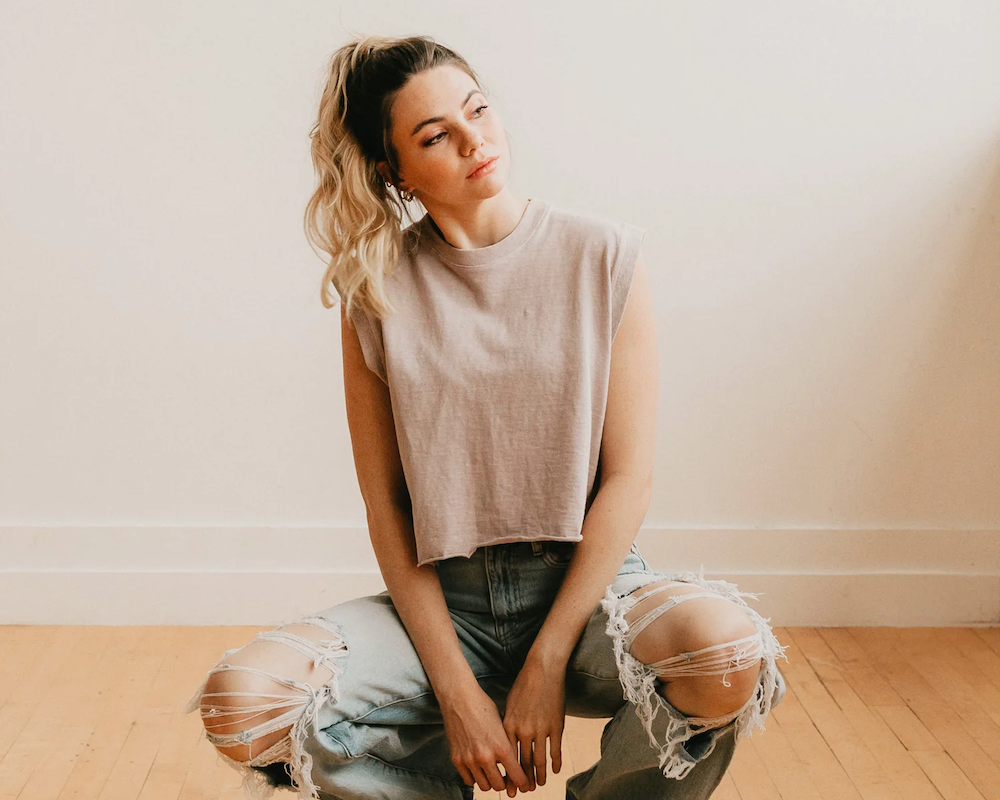It took me years to switch my wardrobe from one made of new fast fashion brands. To one made of secondhand, vintage, and sustainable staples. The switch began when I learned about the sustainable fashion movement. At the time, the philosophy of buying earth-friendly clothes was still new to the fashion space. I’d also never been exposed to secondhand or vintage pieces. But, once I started learning about the ways I could protect the earth through what I wear, there was no turning back.
Choosing to redefine your style and closet as one that's sustainable, is a huge step in living consciously. But if you’re new to how to get started, below I’ll share the steps I took in creating an earth-friendly wardrobe.
Step 1: Buy Vintage
The first step in making my wardrobe a sustainable one, was investing in quality vintage pieces.
Vintage is considered between 20-100 years old. Though most vintage items you’ll find are mid-century—think: 1950s-1980s. With earlier decades deemed as antique. For those of us born in the 90s, yup its (we’re) vintage!
Touching and feeling vintage pieces shines a light on how far we’ve come in quality. Most true vintage is made from natural fibers that withstand the test of time like cotton, linen, and silk. The difference is especially noticeable next to my fast fashion pieces made from synthetic materials.
To determine a true vintage piece, look at both the fabric content and the tag. Most manufactures printed the year the piece was made. Alongside, “made in the USA” is another standout indicator. Believe it or not, we use to make all of our clothes in the US, not in China.
Step 2: Buy Second Hand
Outside of investing in vintage, shopping second hand, is the most sustainable way to buy fashion. Choosing to buy clothing already made, not only keeps fabrics out of the landfill but creates a circular industry. Where recycling and reusing becomes the norm.
Yet, it can feel intimidating to shop secondhand. This way of shopping requires patience and a sense of adventure. If you're looking for something specific, it may take a lot more time to find. It also may feel daunting to shop secondhand online. I always recommend going in-person with an open mind and without expectations. Whenever I shop second hand with this mindset, that’s when I find the most amazing pieces.
Another reason to shop second hand is the price-point. You’ll find a lot of fast fashion on the racks but with a keen eye (that takes practice) you'll find the true gems. Clothing pieces that retailed for hundreds of dollars can be found for half the price. I love to brag about the $200 cashmere sweaters I’ve found for $50.
Step 3: Support Slow Fashion Brands
Last but certainly not least, supporting small, conscious brands.
Buying the occasional new clothing staple for your wardrobe is a wonderful feeling. But, when you choose to buy new, make sure you’re supporting a brand taking our earth seriously. Look to brands who’re passionate about sustainable manufacturing practices. This includes fair labor, local sourcing, certifications, fabrics, and their overall values. Like, People of Leisure.
As consumers, we play a huge role in changing the fashion landscape for our future. When we support slow fashion we’re putting our money towards a cause that can truly impact our planet. Though the price point may be higher, it helps to propel a shift for all fashion brands to consider their values.
As you create a more sustainable wardrobe, have fun watching your style shift. Along with your values and overall perspective on fashion. The journey to a sustainable wardrobe takes time but these steps can help set you on the path.






